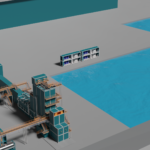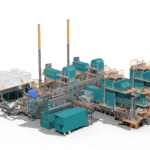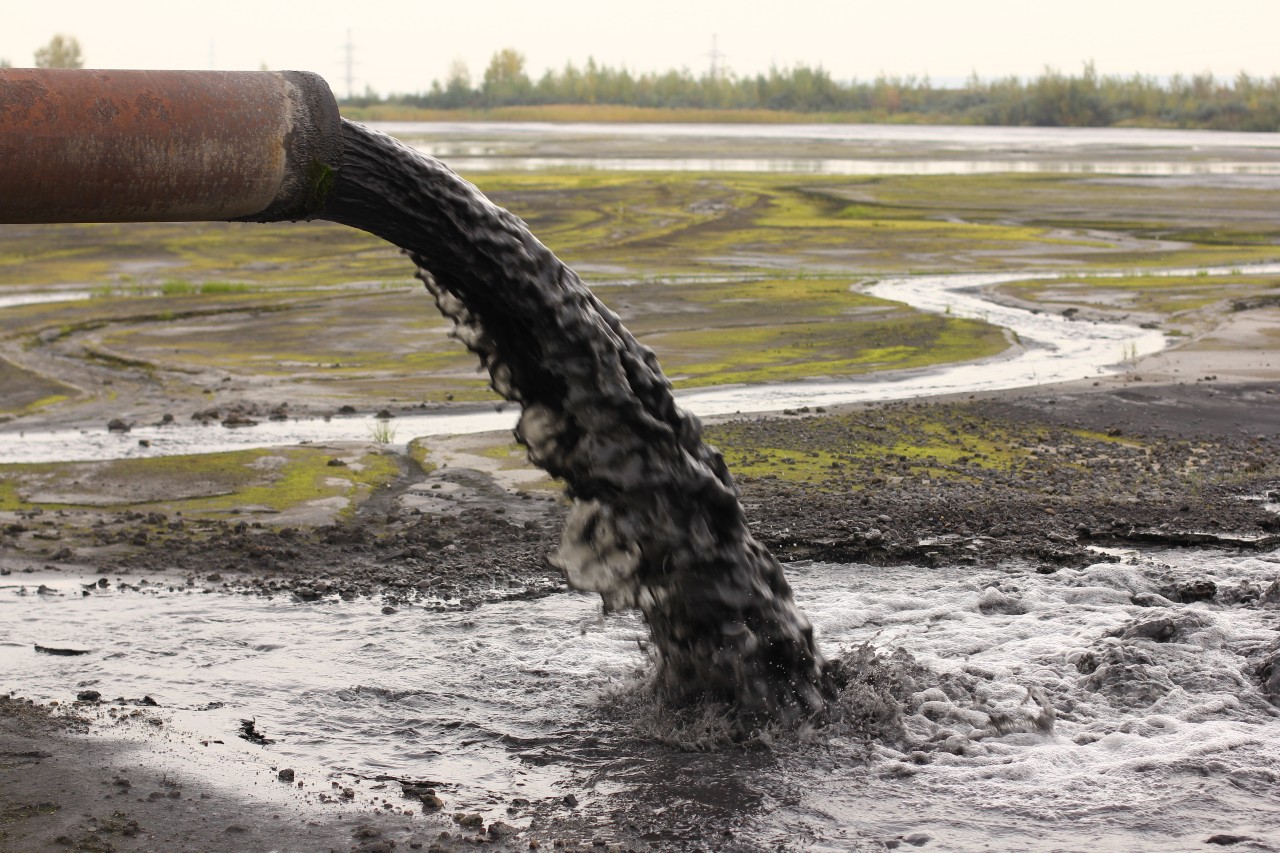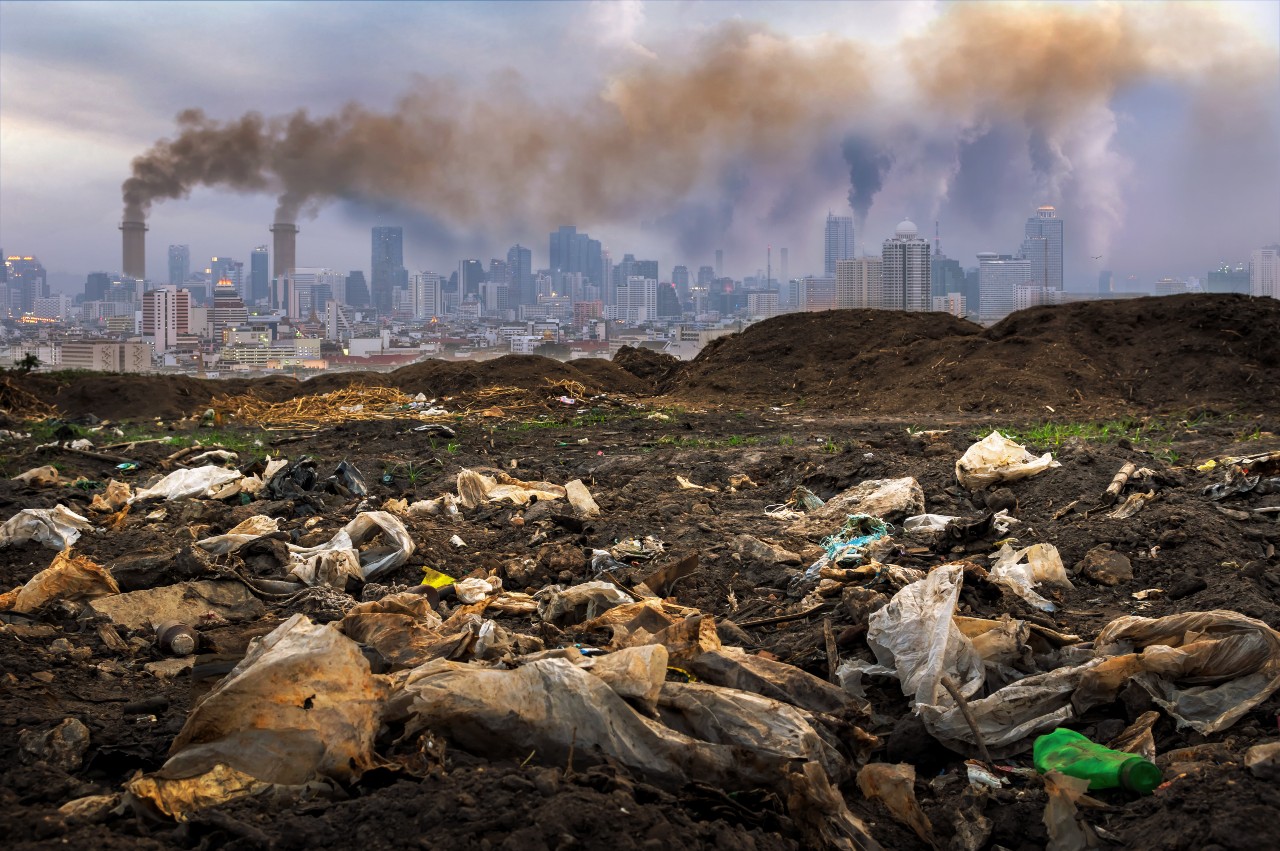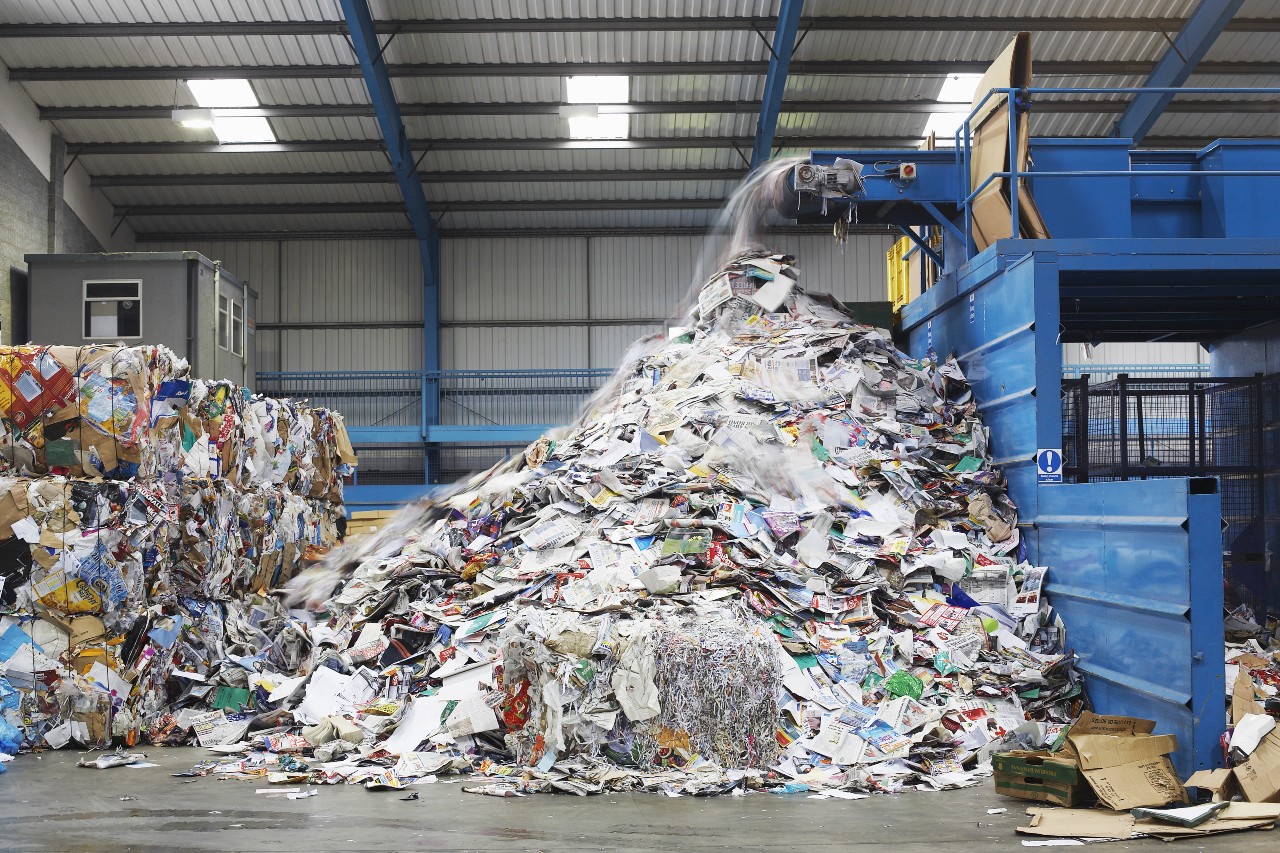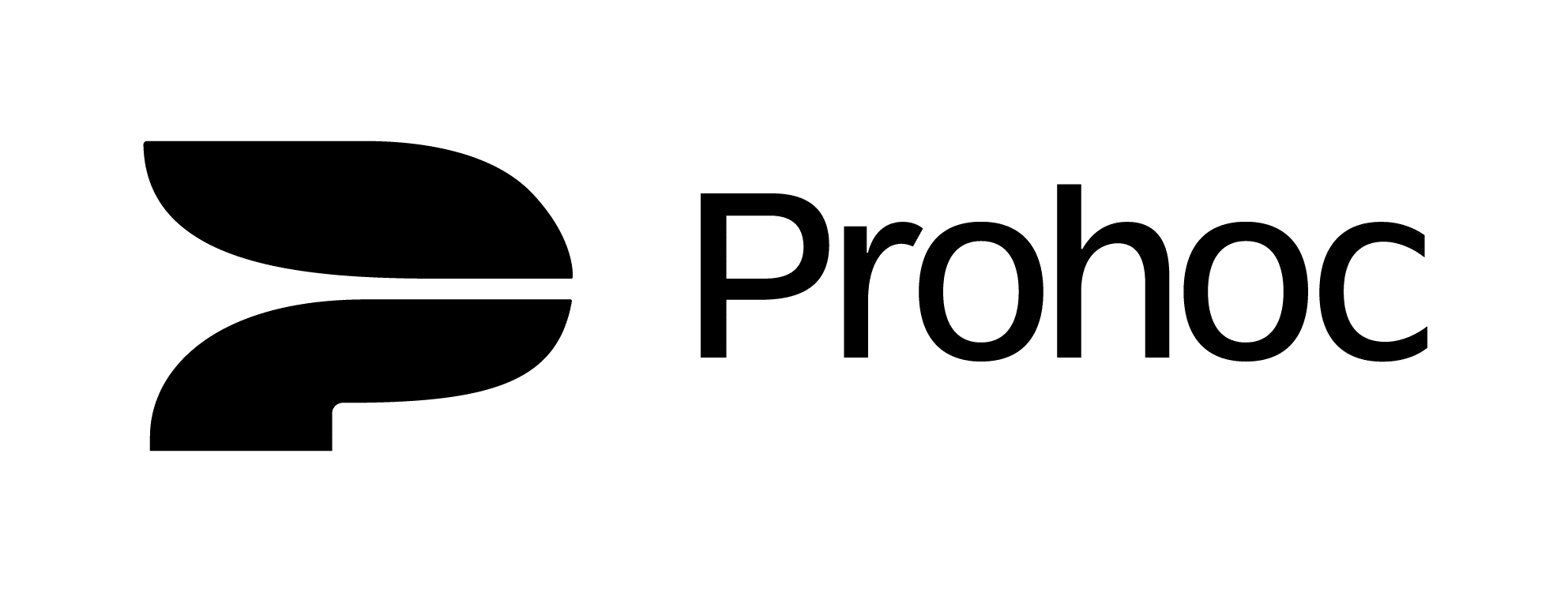Industrial waste is the waste produced by industrial activity, which includes any material that is rendered useless during a manufacturing process, such as that of factories, industries, mills, and mining operations. Industrial waste, generally, can be categorized into two types, i.e., non-hazardous and hazardous. Non-hazardous industrial waste is the waste from industrial activity, which does not pose a threat to public health or environment, e.g., carton, plastic, metals, glass, rock, and organic waste. In contrast, hazardous waste is a residue from industrial activity that can harm public health or environment, e.g., flammable, explosive, corrosive, active and toxic materials.
Food processing industries, metallurgical, chemical and pharmaceutical unit’s, breweries, sugar mills, paper and pulp industries, fertilizer and pesticide industries are the major generators of industrial waste streams. The liquid effluents discharged by these industries contain inorganic and organic pollutants, which enter into the water bodies causing demise of fishing industry, formation of sediments, pollution of ground water and release of foul odours. The solid waste streams include e.g. packaging materials, production scrap, production by-products and unused raw materials.
Approximately thirty billion tons of liquid and eight billion tons of solid industrial waste is generated worldwide every year.
Waste minimization technologies are the key in managing the ever-growing industrial waste streams. Source reduction, recycling and reuse of materials have to be practiced on a large scale. And more efficient industrial processes have to be developed and introduced. Unfortunately, due to the enormous scale of the challenge and the unequal development level of industries in different countries, these measures take time. Recycling industrial wastes into energy is an excellent alternative during the transition period and even beyond. Utilizing waste as raw material may prove too costly to be feasible, whereas energy generation is a simple and efficient process capable of handling even some of the toxic wastes.
Modern waste incineration power plants, like wasteWOIMA®, can accept most of the combustible industrial solid wastes including the slightly hazardous ones. Their state-of-the-art processes and flue gas treatment systems ensure minimal air, soil and water pollution with no threat to humans or the environment. The energy recovery of industrial wastes only generates by-product ashes that can either substitute virgin sand materials or be rendered inert and disposed of in landfills. In any case, the waste volume is reduced by over 80%.
The industrial sludges, or liquid waste, requires different treatment methodology due to its low calorific value and high moisture level. Hydro-Thermal Carbonization (HTC) or pyrolysis work well with the organic waste streams, while a combination of physical, chemical and biological treatment methods is required for the inorganic contaminants.
WOIMA has the perfect solutions to help reduce the waste-induced challenges. The wasteWOIMA® waste-to-energy power plant can utilize several different types of waste feedstocks, or their combinations, and transform them into energy commodities for local demand. The WOIMA Ecosystem is even more versatile and capable in waste treatment and reduction. It combines the best available techniques (BAT) in waste management and through internal synergies extracts the maximum amount of value out of the waste. WOIMA Ecosystem is the perfect solution for heterogenous industrial waste streams.
READ WASTEWOIMA® FUELS SERIES
FIND OUT MORE ABOUT WASTEWOIMA® TECHNICAL SOLUTIONS
CHECK YOUR WASTE CHARACTERISTICS
CONTACT US
WOIMA Corporation is a Finnish supplier of best-in-class waste-to-value products, projects and services worldwide. We have developed solutions that enable us, and the customer, to transform and recycle virtually any waste stream into raw materials and energy. At WOIMA we combine Finnish engineering know-how in waste management with power generation design expertise. These solutions are used in Finland every day. They support the circular economy ideology and ensure that less than 1% of Finland’s waste ends up in landfills.
Our mission is to improve quality of life both locally and globally, as well as empower people to utilize waste as a commodity. Our decades of international project management experience ensure an on-time, in-budget and high-quality WOIMA solution delivery across the globe.

